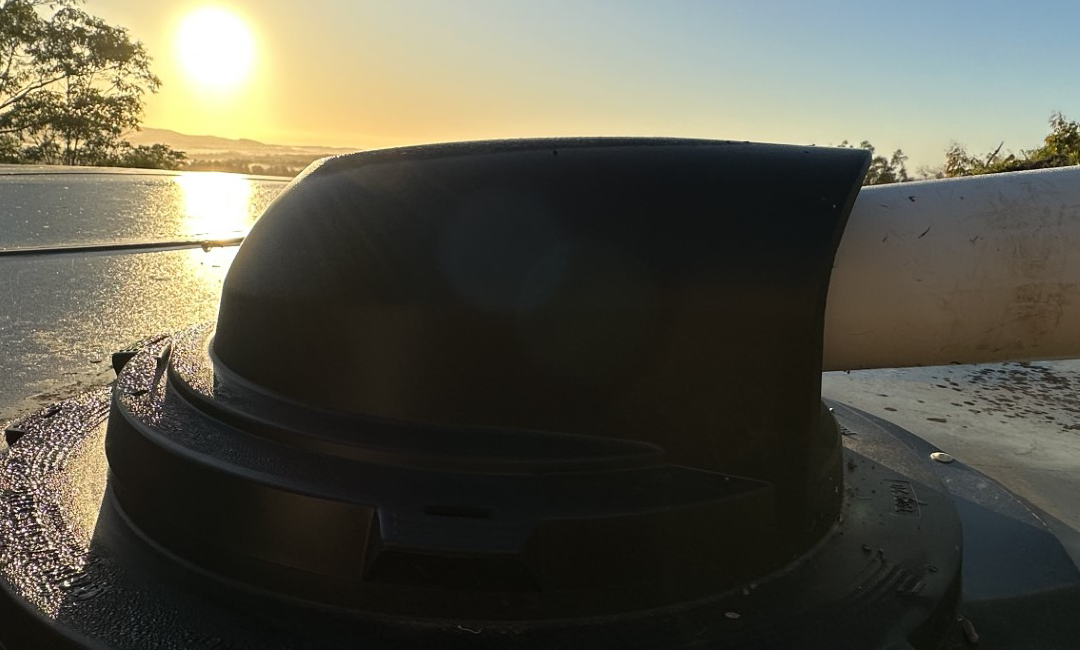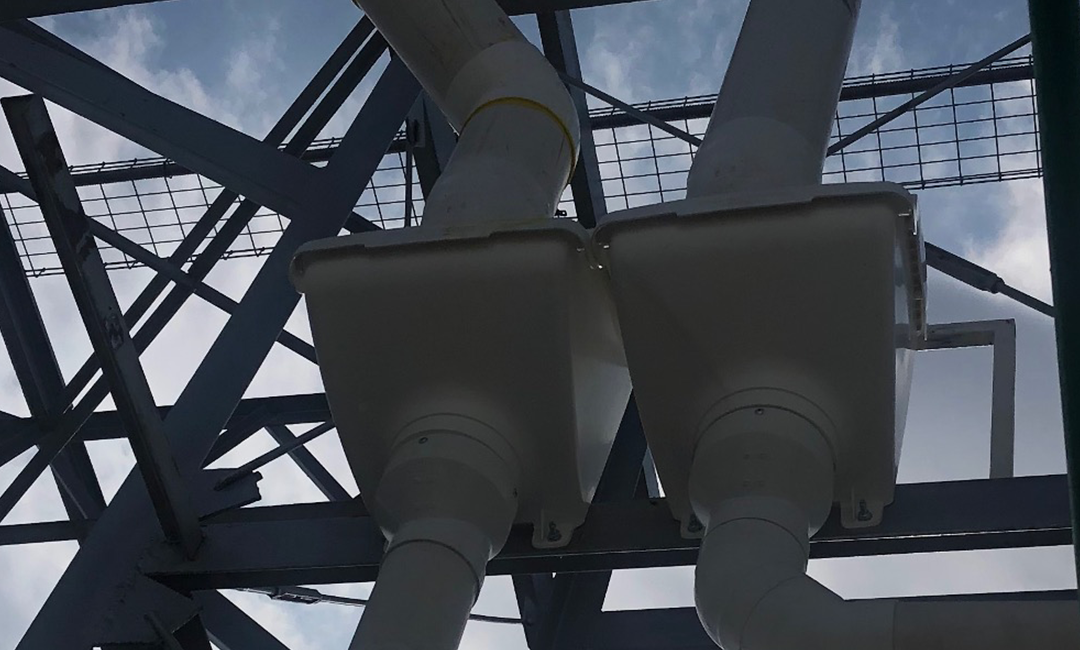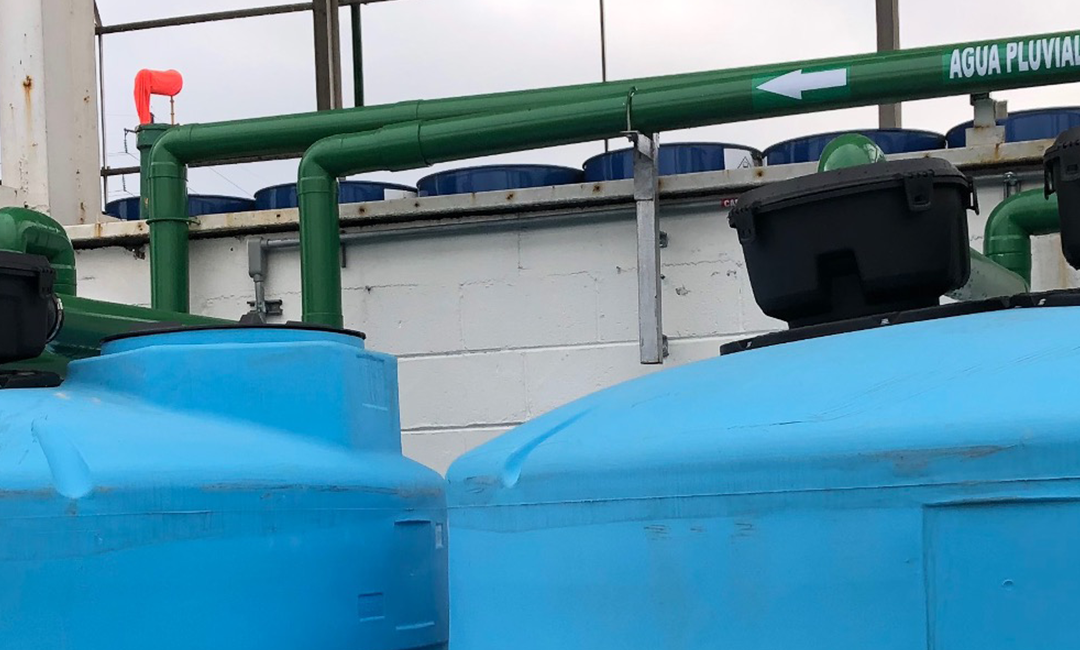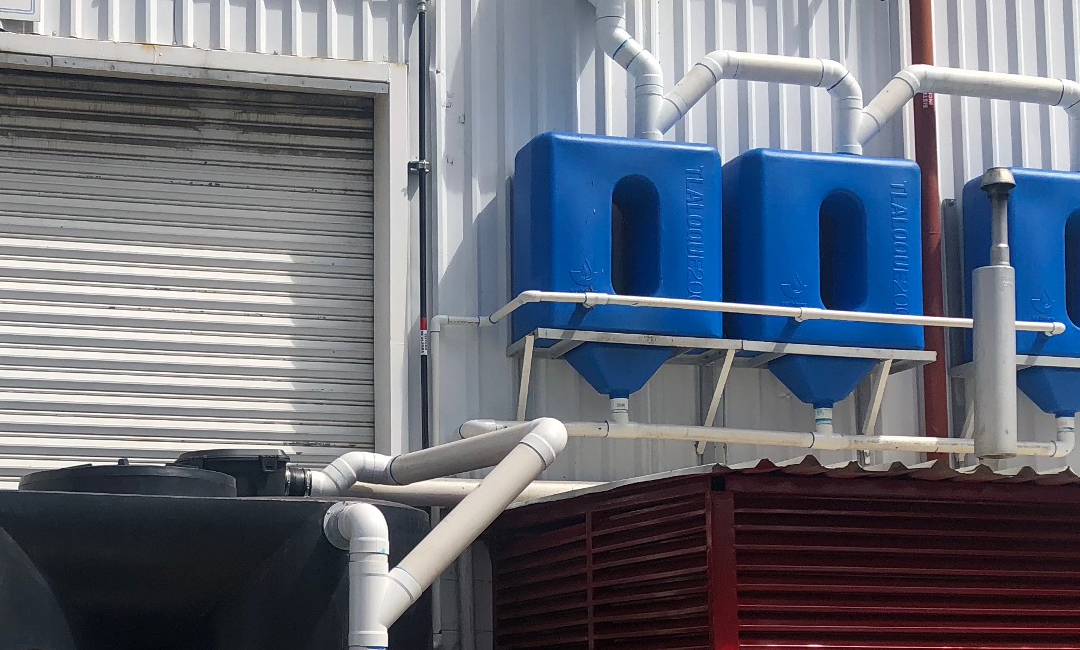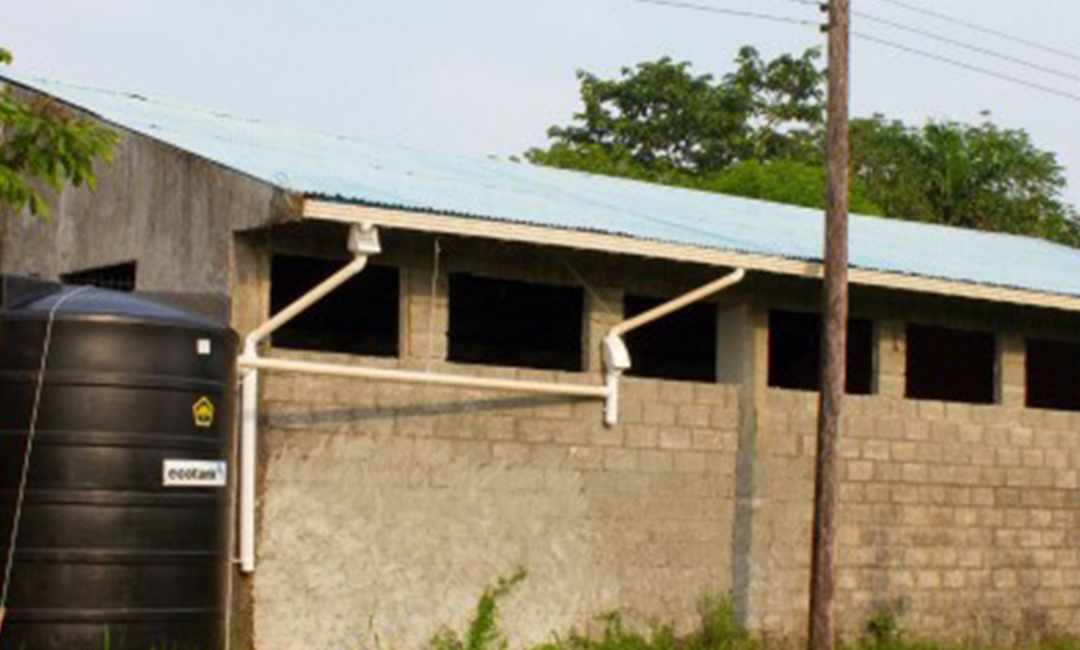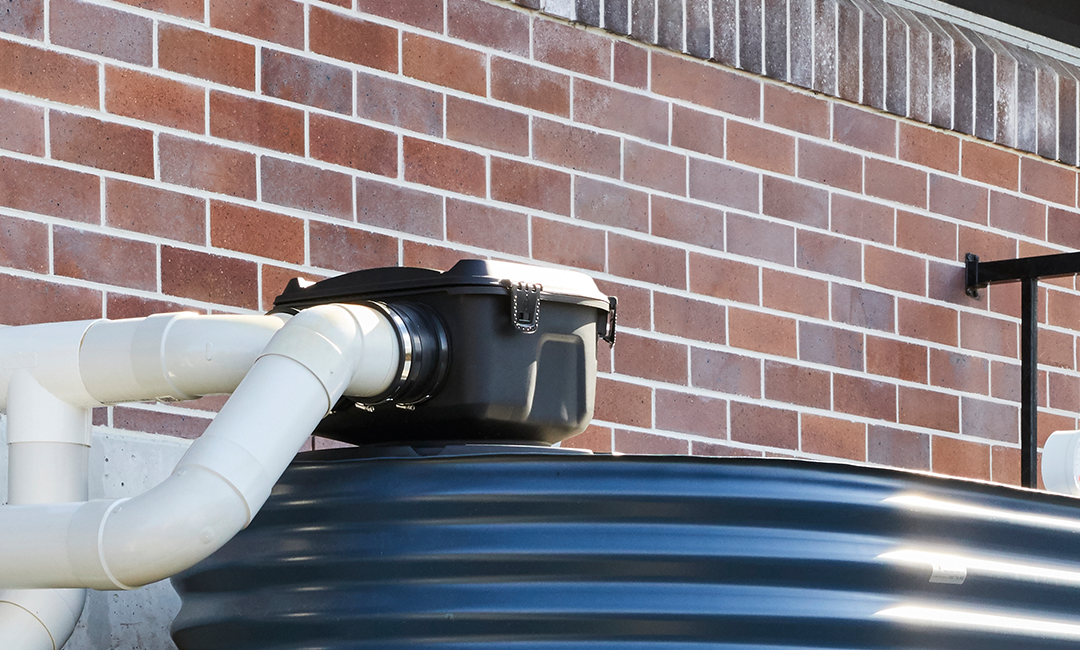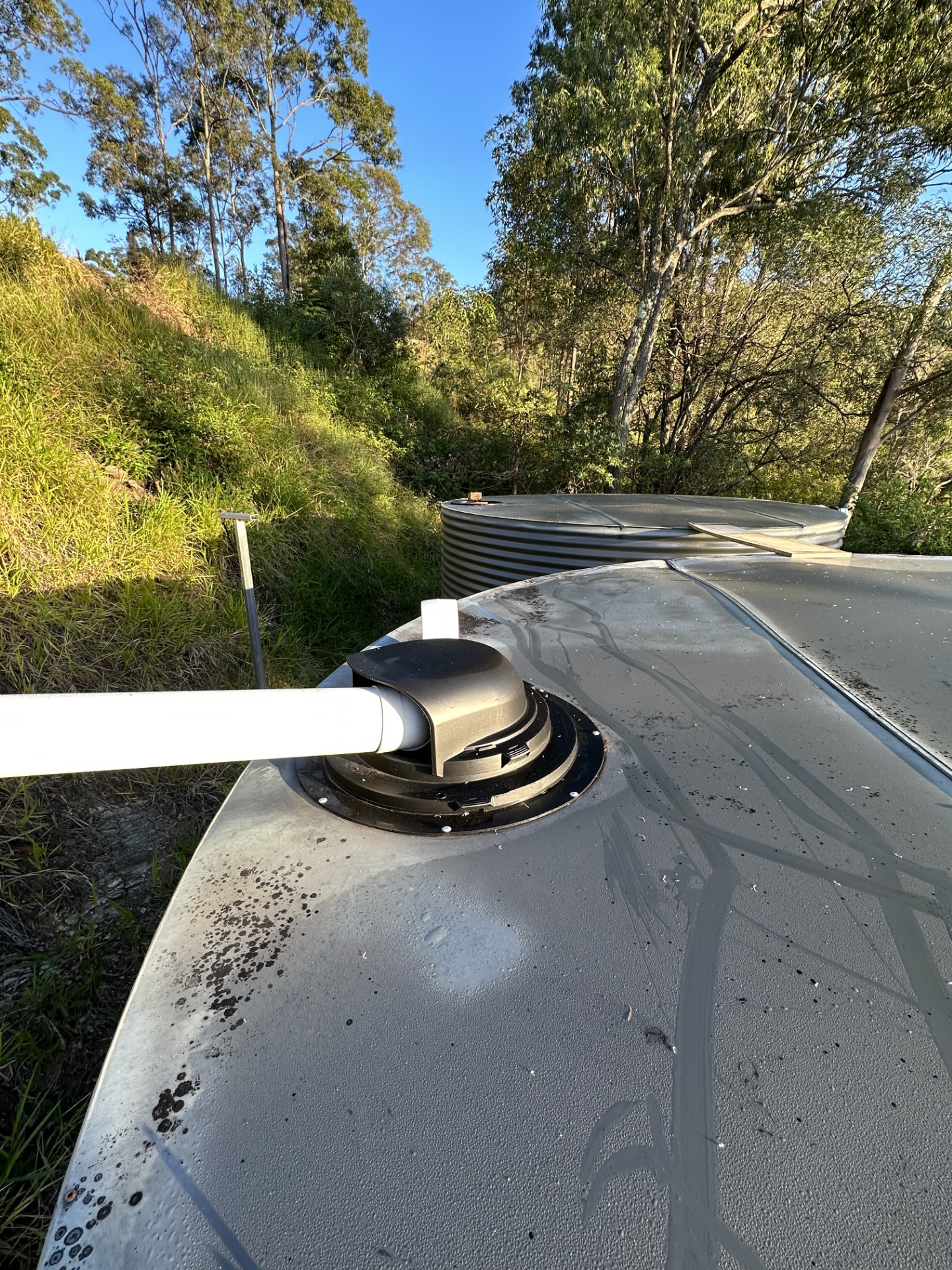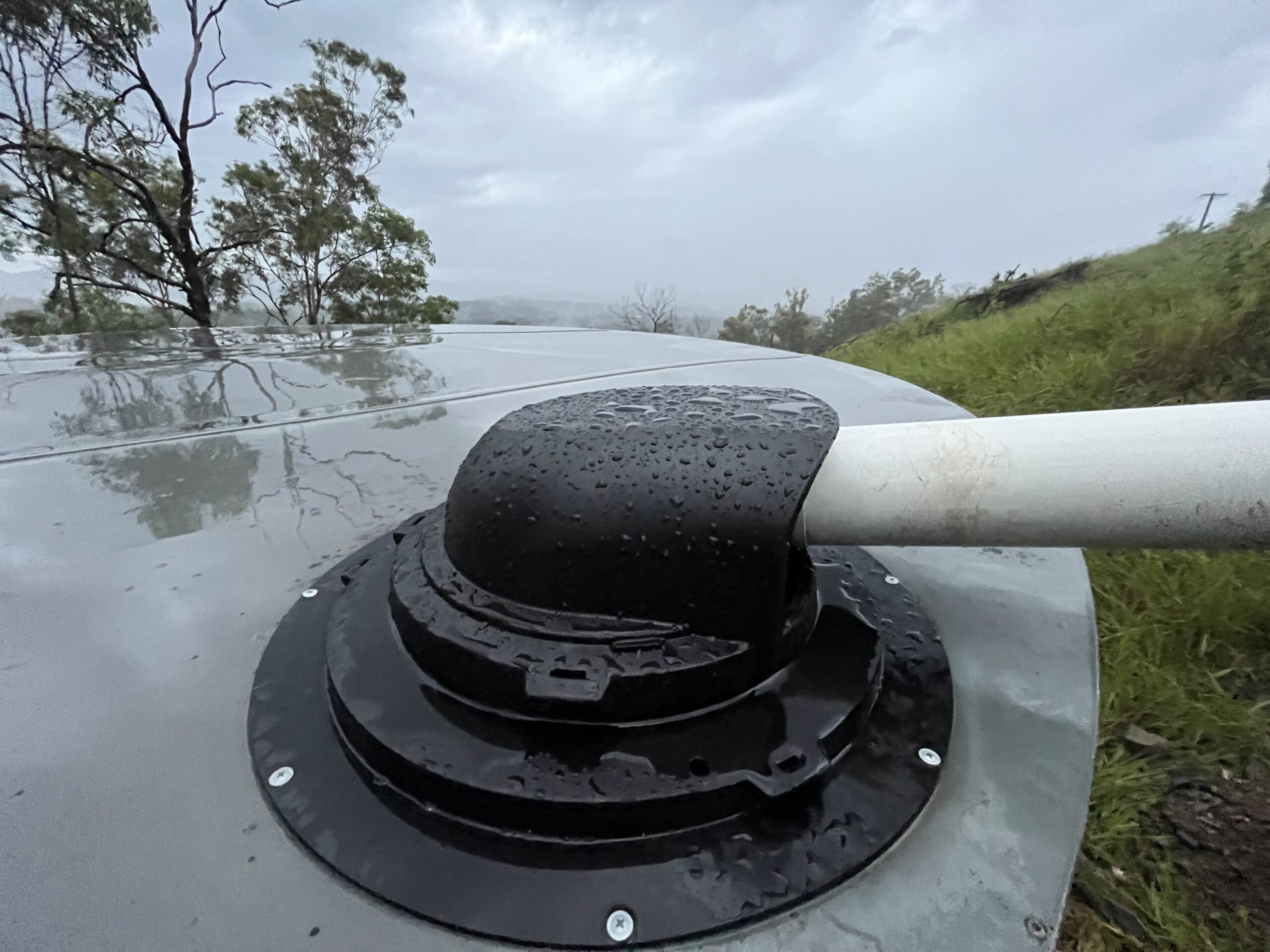Rain Harvesting in South Africa: A Potential Solution to Water Scarcity
The water crisis in South Africa is far from trivial. With a growing population and the impacts of climate change intensifying, the demand for water frequently outstrips supply. The situation is especially critical in rural areas, where access to municipal water networks is often limited, if available at all. Furthermore, South Africa’s agricultural sector, a key pillar of the economy, frequently faces water shortages due to the country’s semi-arid climate and increasingly frequent droughts.
Rainwater harvesting, a practice as ancient as civilisation itself, offers a potential solution to these pressing concerns. The concept is straightforward: collect rainwater from rooftops or other hard surfaces, store it, and use it when needed. While the idea is simple, the implications are profound, offering a sustainable solution to water scarcity that also empowers communities.
In urban areas, rainwater harvesting can play a significant role in stormwater management. By collecting and storing rainwater, the risk of flooding and soil erosion is reduced. The harvested water can be used for a variety of non-drinking purposes, including toilet flushing, laundry, and gardening, thereby reducing the demand on municipal water supplies.
In rural regions, the benefits of rainwater harvesting are even more pronounced. For many communities, harvested rainwater provides a vital source of water for drinking, cooking, and basic hygiene. It offers a level of self-sufficiency and resilience against droughts and other water-related crises, empowering communities to manage their water resources effectively.
For farmers, rainwater harvesting is a game-changer. Given that most of South Africa’s freshwater resources are already fully allocated, on-farm rainwater harvesting can significantly improve water management. It ensures a more continuous and reliable supply of water, helping to mitigate the impacts of seasonal changes and extreme weather events.
Despite these clear benefits, the full potential of rainwater harvesting in South Africa has yet to be realised. Barriers such as lack of awareness, technical knowledge, and the cost of initial investment all hinder widespread adoption. However, with government initiatives and private sector involvement, these obstacles are slowly being overcome.
The future of rainwater harvesting in South Africa is bright. As technology continues to evolve, so too do the methods of collection, storage, and purification, making rainwater harvesting increasingly efficient and accessible. Public awareness campaigns are helping to shift perceptions, demonstrating that each rainfall presents an opportunity to capture and conserve a vital resource.
In conclusion, rainwater harvesting offers South Africa a pragmatic, sustainable solution to its water scarcity issues. It represents more than just a stop-gap measure; it is a testament to human ingenuity and adaptability. As we grapple with the realities of climate change, practices like rainwater harvesting remind us that sometimes, the solutions we seek are right above us, waiting to be harnessed.
By embracing rainwater harvesting, South Africa can turn its water scarcity challenges into opportunities, fostering resilience, promoting sustainability, and securing a better, more water-secure future for all.
